Poor sitting posture, lack of exercise or over-exercising can reduce joint flexibility in middle-aged women.
Aging causes changes in women's bodies such as wrinkles, age spots and gray hair. The body also loses muscle mass and bone density, and joint stiffness can increase as we age. Maintaining healthy habits helps women's bones stay strong and flexible in their later years.
Sedentary
A sedentary lifestyle reduces joint flexibility and overall health. Joints support coordinated muscles and increase range of motion. Both allow for easy movement and performing daily activities.
Women should avoid sitting too much during the day as it can cause muscle tension, weight gain, chronic inflammation... Standing up and walking around regularly helps the muscles relax.
Skip stretching exercises
The body becomes less flexible, muscles become stiffer and less supple if you do not stretch regularly. Stretching movements such as vertical and horizontal presses, knee bends, shin kicks... can be done before or after exercise . Focus on major muscle groups such as hips, hamstrings and shoulders.
Do not exercise in the morning
Starting your morning with some form of healthy exercise can boost bone and joint health, energy levels, and create a good mood throughout the day.
Middle-aged women do not need to exercise vigorously, just simple activities like walking outdoors or doing some gentle yoga movements to stretch the muscles.
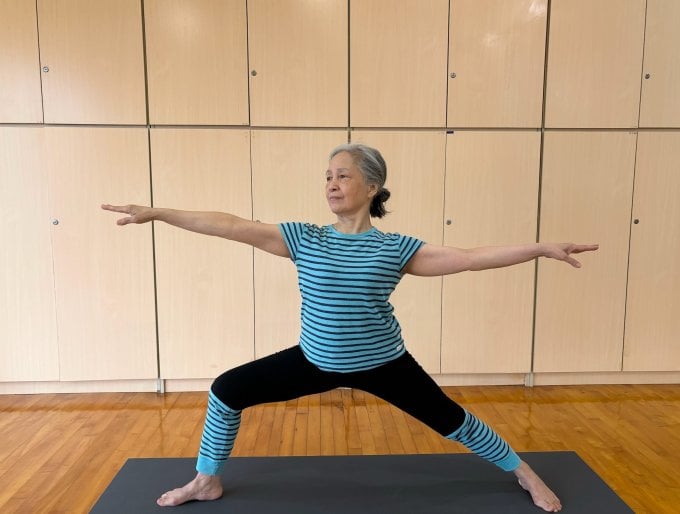
Warrior yoga pose helps relax muscles and increase flexibility in joints. Photo: Bao Bao
Do not warm up when exercising
Warming up is an important part of your workout routine, and skipping it can increase your risk of injury and contribute to stiffness. Warm up with exercises like knee raises, heel kicks, and shoulder rotations before moving on to stretching.
Sitting in the wrong position
Slouching or hunching over time can cause muscle spasms and limit range of motion. To reduce the risk of injury to joints and bones, it is important to correct your sitting posture as soon as possible.
For example, when sitting in a chair, you should sit up straight and look forward, relax your shoulders, knees and calves at a 90-degree angle, and place both feet on the floor or footrest. After every 30 minutes of sitting at work, you should stand up, walk around, and stretch to relax your bones and joints.
No strength training
Strength training helps build muscle and reduce the muscle loss that naturally occurs in menopausal women. In addition, these exercises also help improve flexibility and range of motion as you age. These include weight lifting, planking, squatting, jogging, etc. The frequency of exercise should be maintained 4-5 days a week, 75 minutes a day or adjusted to suit your physical condition and health.
No rest and recovery
Rest and recovery are two other important aspects of overall health and bone health. After every period of activity, the body needs to repair and recover from any damage. Overtraining without recovery time leads to muscle fatigue and reduced flexibility.
Bao Bao (According to Eat This Not That )
| Readers ask questions about female physiology here for doctors to answer |
Source link



![[Photo] Vietnamese shipbuilding with the aspiration to reach out to the ocean](https://vphoto.vietnam.vn/thumb/1200x675/vietnam/resource/IMAGE/2025/5/20/24ecf0ba837b4c2a8b73853b45e40aa7)

![[Photo] Panorama of the Opening Ceremony of the 43rd Nhan Dan Newspaper National Table Tennis Championship](https://vphoto.vietnam.vn/thumb/1200x675/vietnam/resource/IMAGE/2025/5/19/5e22950340b941309280448198bcf1d9)










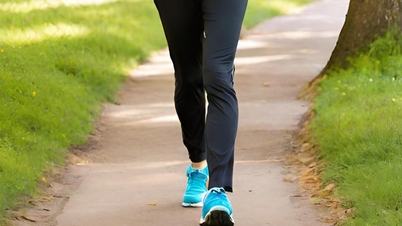



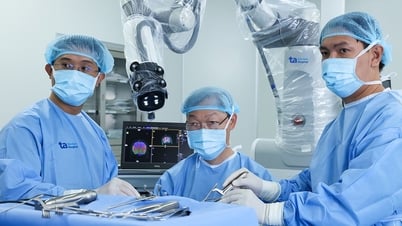

![[Video] Hanoi proactively implements measures to prevent and combat summer diseases](https://vphoto.vietnam.vn/thumb/402x226/vietnam/resource/IMAGE/2025/5/20/262ca87643ef4b8e88ae1006cbbf3b0f)













![[Photo] Close-up of Tang Long Bridge, Thu Duc City after repairing rutting](https://vphoto.vietnam.vn/thumb/1200x675/vietnam/resource/IMAGE/2025/5/19/086736d9d11f43198f5bd8d78df9bd41)



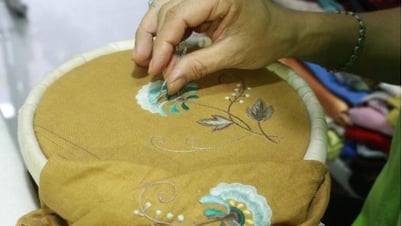





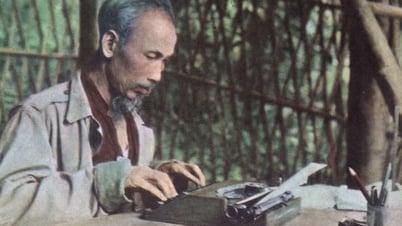

















































![[VIDEO] - Enhancing the value of Quang Nam OCOP products through trade connections](https://vphoto.vietnam.vn/thumb/402x226/vietnam/resource/IMAGE/2025/5/17/5be5b5fff1f14914986fad159097a677)


Comment (0)